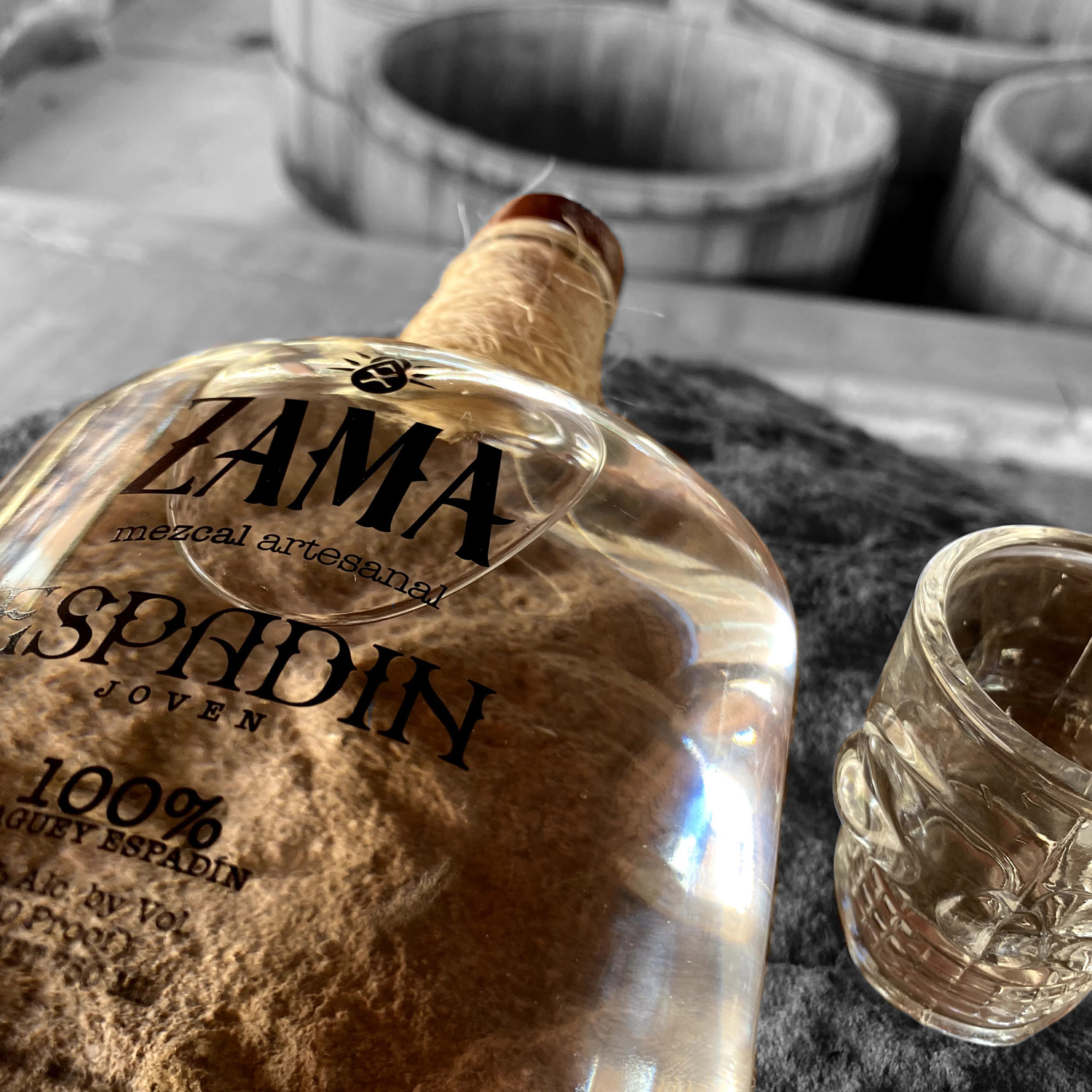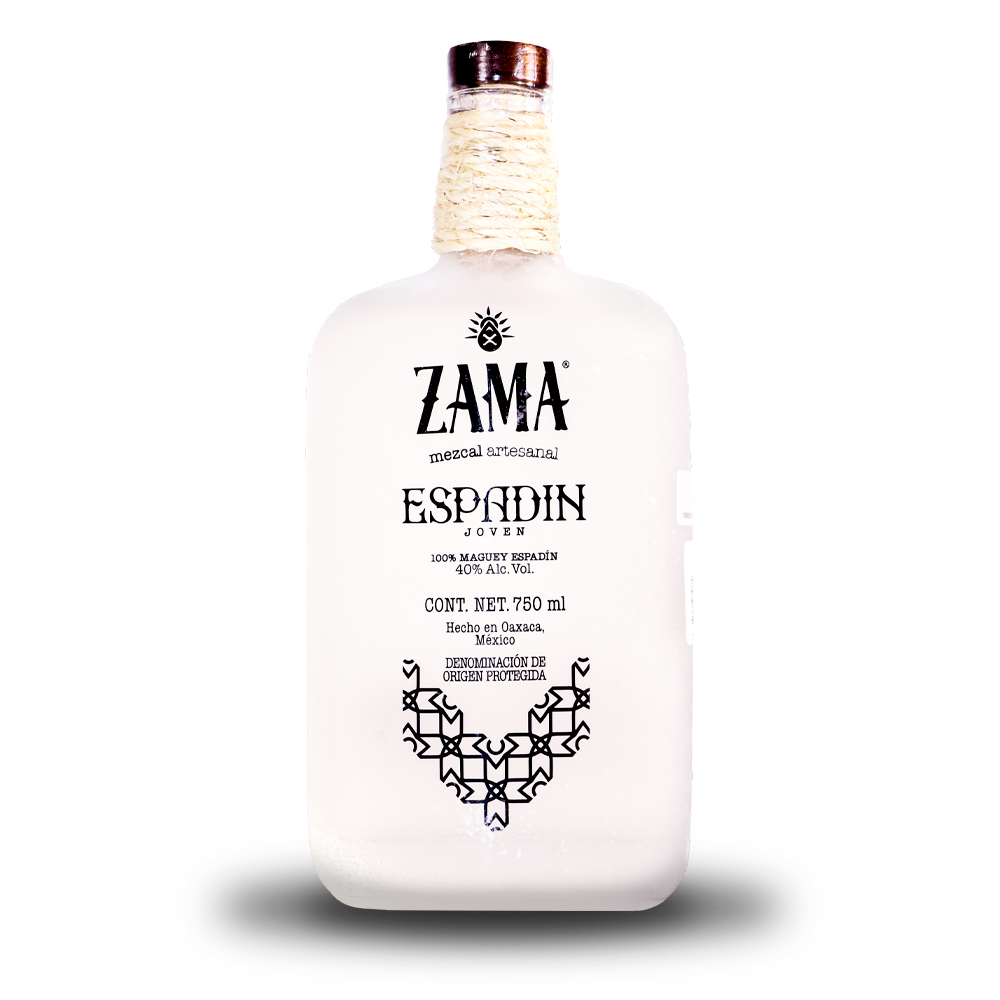MEZCAL PRODUCTION
Agave Cutting & Harvesting
It is done when the agave has reached maturity (in the case of the espadín agave it is 7 to 9 years), the pineapples are obtained (so called because they resemble the fruit called pineapple), these are extracted from the ground separating them from the root carefully with a coa (flat blade knife at the end of a long pole), when the pineapples arrive at the mezcal factory they are cut in half or in more parts (depending on the mezcal master).

Pineapple Cooking
When the pineapple is cut, its color is white, when it is baked or cooked it takes a caramel color, the cooking of the pineapples is carried out in traditional ovens of truncated cone shape made with stone wing which is added firewood, then stones are added which are heated with the firewood to place on top of the pineapple that has been previously cut. To know that the agave is well cooked, a piece of agave must be tasted.
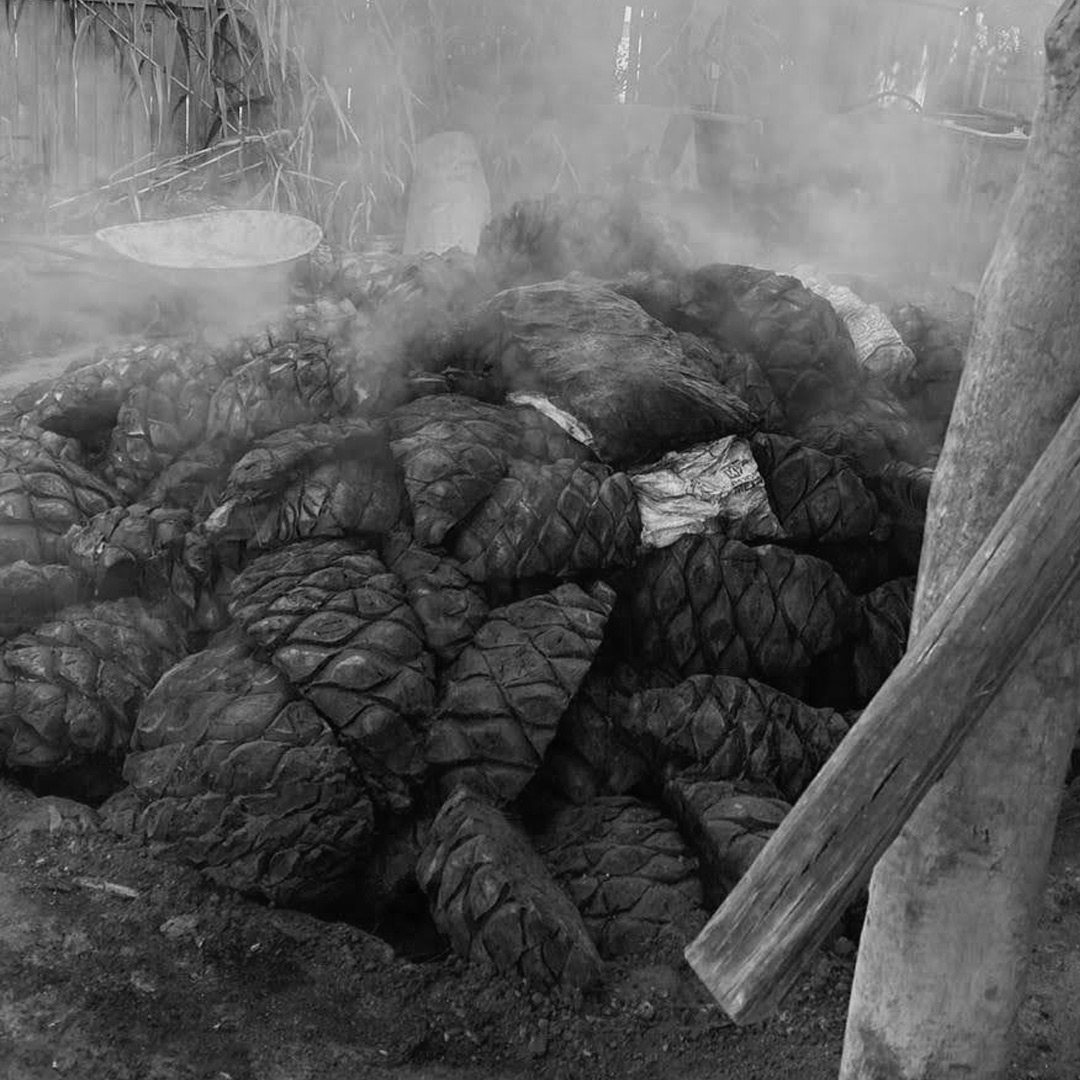
Grinding
Once the pineapples are cooked, they are broken into pieces with a machete and then crushed with a tahona (a round stone mill of about 500 kg pulled by oxen or horses), which rotates around a pole on a stone floor, where the pineapple pieces are spread out and crushed to obtain the bagasse.
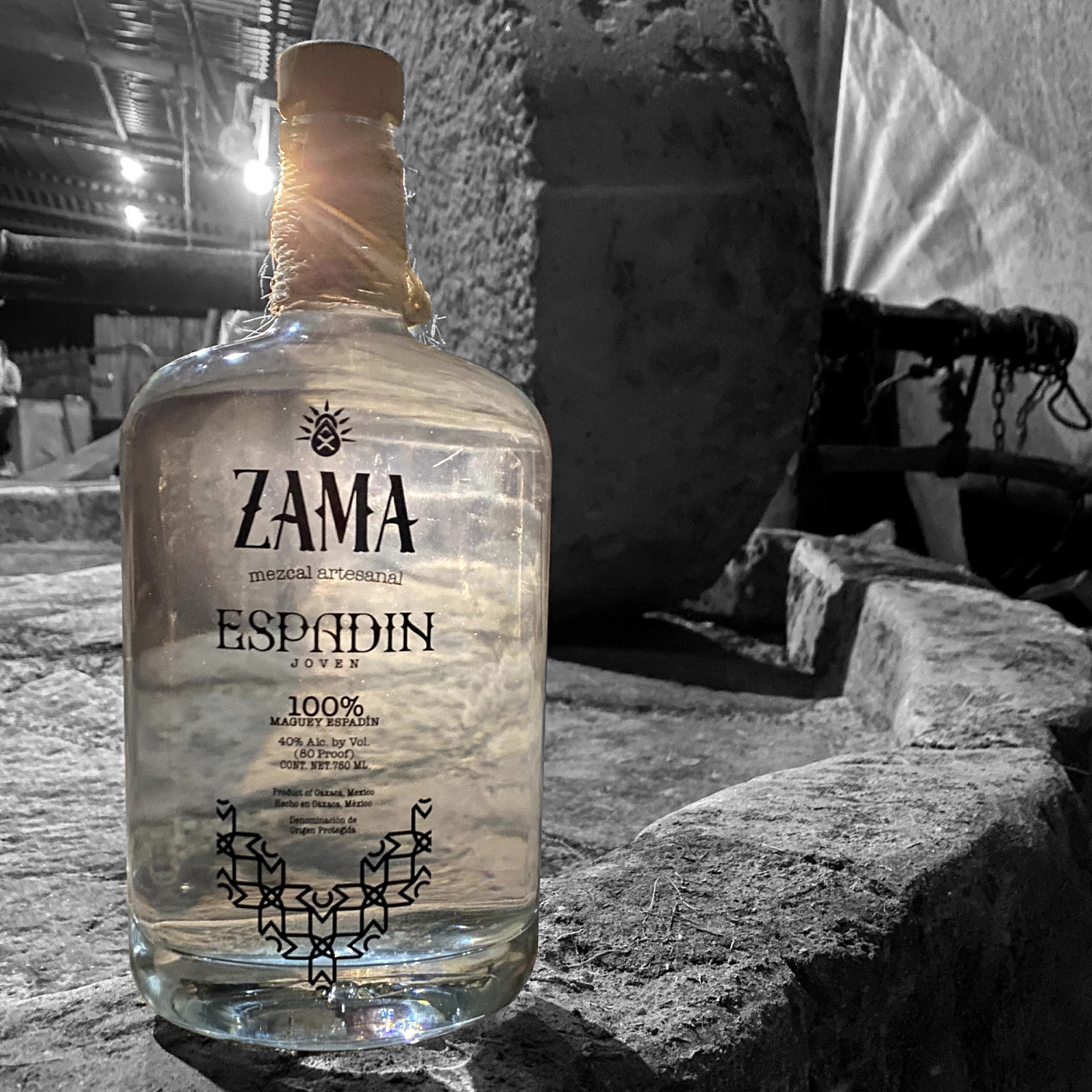
Fermentation
The bagasse is transferred to vats where it will ferment for a minimum of three days. This time can be extended to 20 or more days, depending on environmental conditions, the sweetness of the agave and the capacity of the vats, which are made of wood.
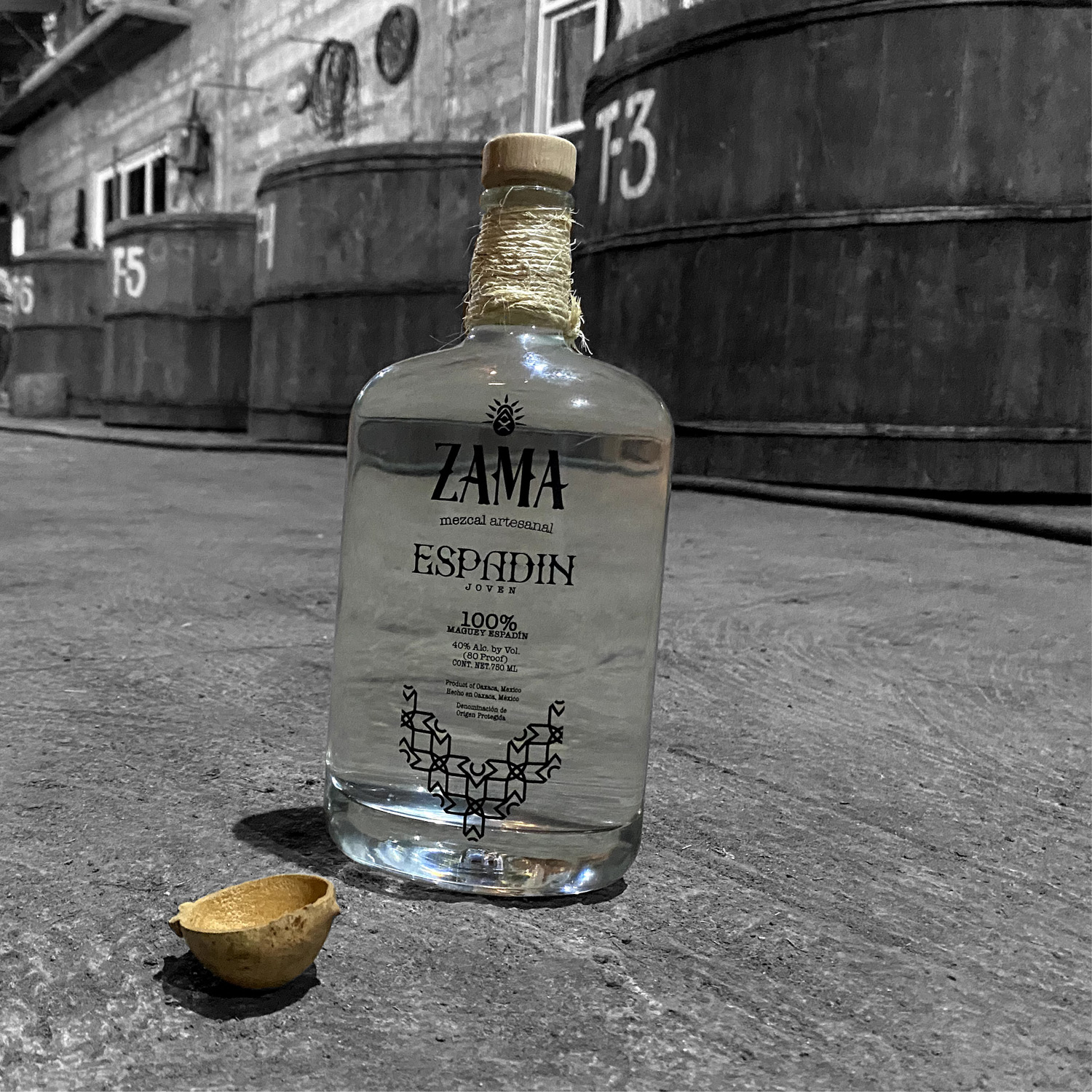
Mezcal Distillate
This process consists of condensing the vapors produced by evaporation, by subjecting the tepache to heat, causing the evaporation of alcohols and impurities, separating them from the solid materials. If these vapors are collected and condensed, we obtain mezcal. Distillation is carried out in apparatuses called stills, Zama uses clay pots.
